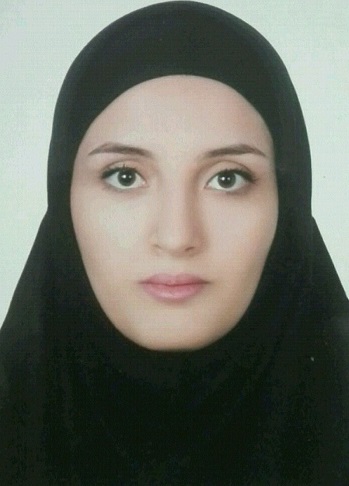Program Information
Evaluation of the Gated Radiation Therapy Technique for Lung Cancer: A Simulation Study
S Shahzadeh*1, S Gholami2, S.M Aghamiri1, H Mahani3, M Nabavi2, F Kalanteri4, (1) Department of Medical Radiation Engineering, Shahid Beheshti University, Tehran, Iran, (2) Radiotherapy Oncology Research Centre, Cancer institute, Tehran University of Medical Sciences, Tehran, Iran, (3) Research Center for Molecular and Cellular Imaging, Tehran University of Medical Science, Tehran, Iran, (4) UT Southwestern Medical Center, Dallas TX, USA
Presentations
SU-I-GPD-T-242 (Sunday, July 30, 2017) 3:00 PM - 6:00 PM Room: Exhibit Hall
Purpose: In this study, advantages of the Gated radiation therapy (RT) technique for the lung tissue complication was investigated, using the NCAT 4D digital phantom. Normal tissue complication probability (NTCP) of lung tissue based on the DVH curves and the Layman model were calculated for both Conventional and gated RT techniques.
Methods: NCAT Attenuation phantoms were generated in 5 respiratory phases. The resulting attenuation coefficients were converted to Hounsfield Units (HUs) to simulate CT images. The file format was changed from binary to DICOM in order to be compatible to our treatment planning system. Spherical tumors with diameters of 3, 4 and 5cm were placed in left and right, upper and lower lobes of lung. To evaluate the effect of diaphragm extension on CTV margins, different diaphragm displacements were considered from 2 to 3.5 cm with 0.5 cm intervals. The PCRT-3D treatment planning system with superposition computational algorithm was used to generate conventional and gated plans for each case. Conformity Index (CI), Homogeneity Index (HI) and NTCP of lungs were calculated and compared for both techniques.
Results: The results indicate that the NTCP of lung tissue changes depending on the tumor size, its location and the diaphragm displacement. For all cases, gated radiation therapy technique yields superior advantages compared to conventional radiotherapy and can help to reduce the mean dose and NTCP of lung tissue up to 5.5Gy and 17%, respectively.
Conclusion: The gated RT provides significant advantages for normal tissue complication compared to the Conventional RT, especially for the lesions that are near the diaphragm.
Contact Email:
